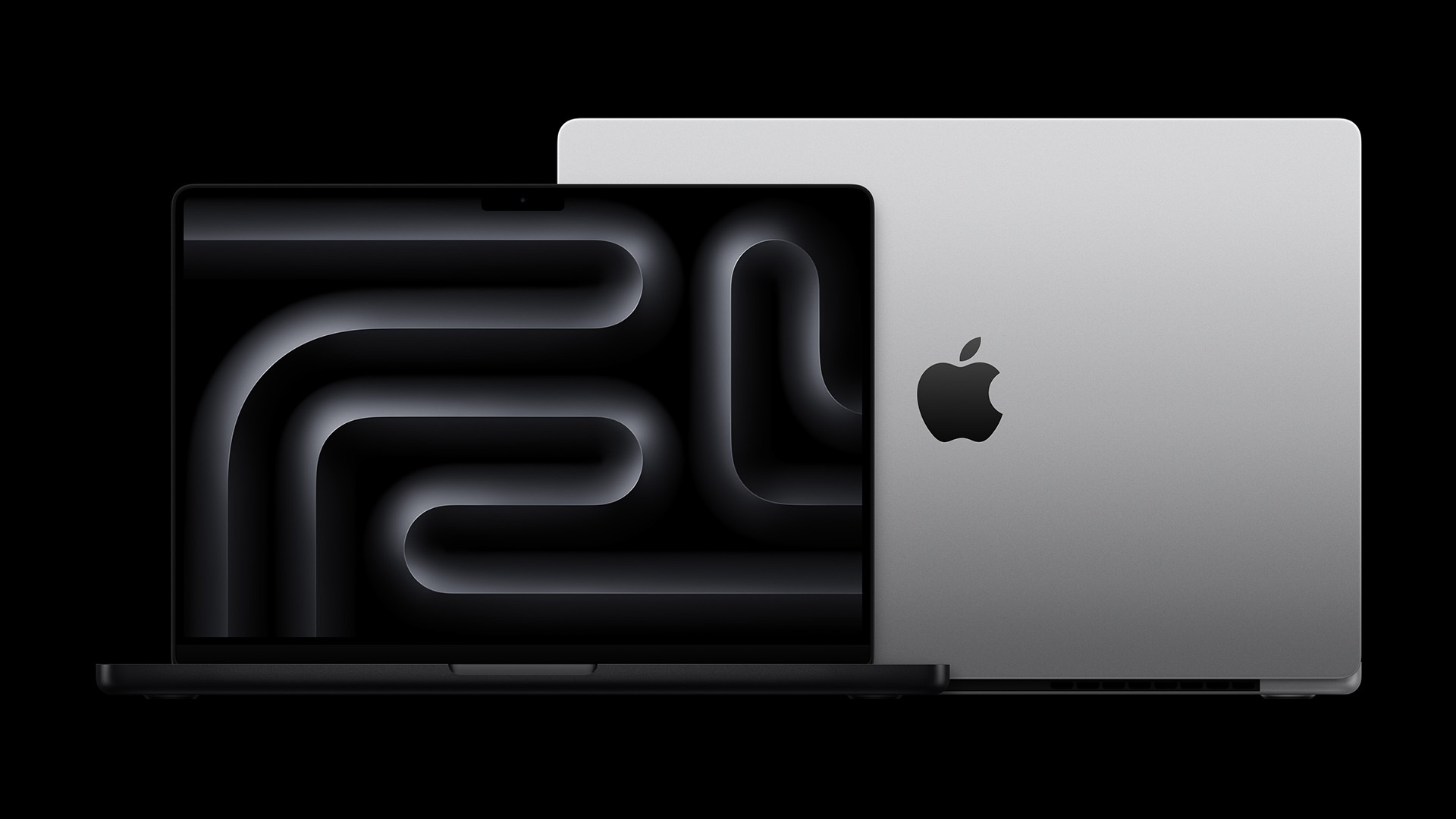
Apple’s latest line of MacBook Pro models now feature the M4 silicon chip inside. This is either the standard M4 or one of the more advanced Pro or Max versions. I’ve used most of the generations of the Apple silicon over the years and it never ceases to impress me how fast and efficient they really are.
My work and home laptops both still run on Intel chips, and though they are still capable, the speed difference I saw in the M1 and M2 chips was incredible. The M4 family of chips go that much further though, providing both CPUs and GPUs that outperform their predecessors by considerable margin.
If you’ve been holding off on upgrading your MacBook, the M4 models could be the time to push that button. Not only do these new laptops offer the performance, but they are some of the best looking and well-specced too.
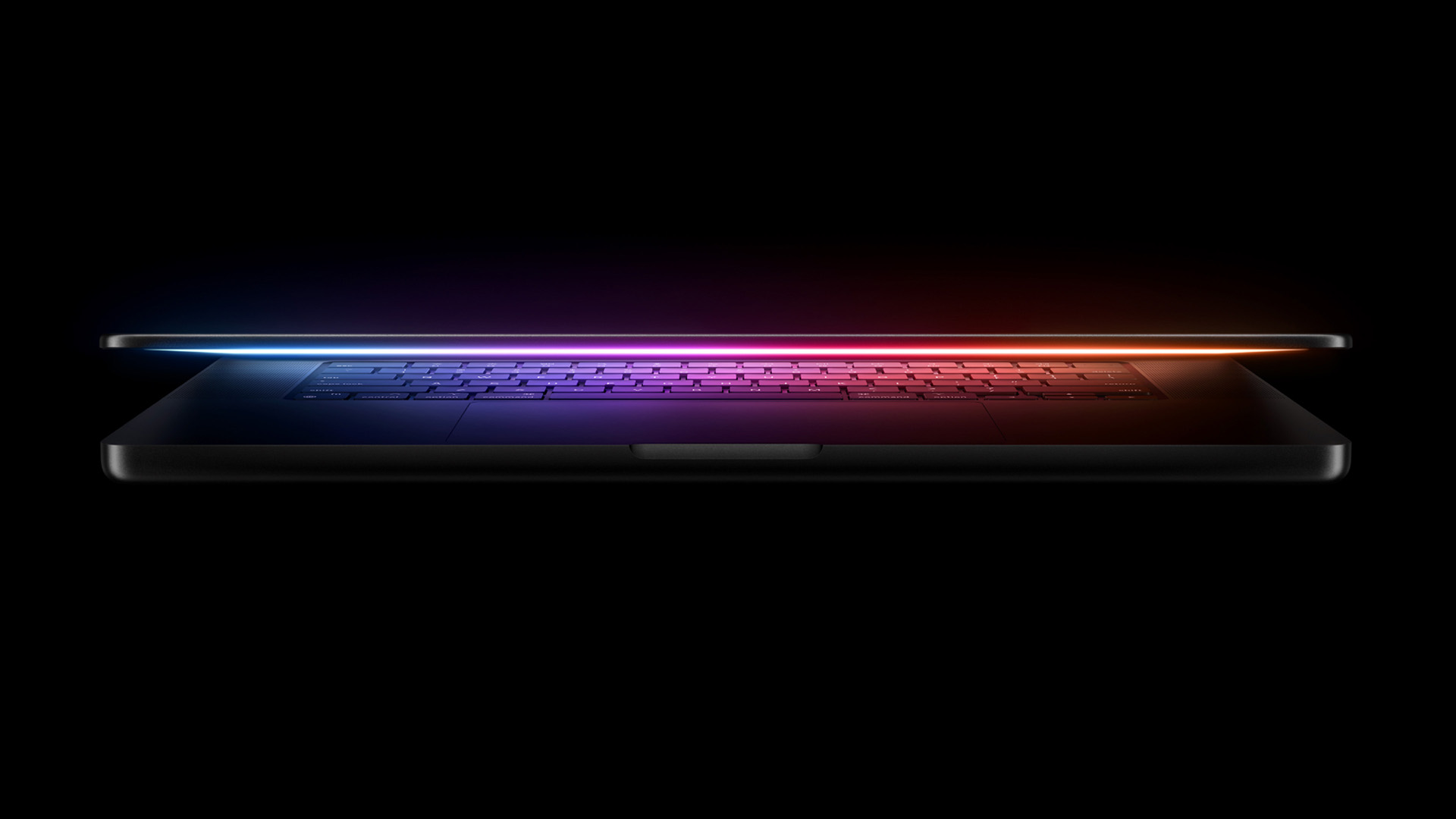
Lights (display)
The liquid retina XDR display of the MacBook Pro is incredibly sharp and natural in colour. The 14-inch model offers a 3024x1964 pixel resolution, while the 16-inch display has a 3456x2234 pixel resolution – both with a pixel density of 254 pixels per inch.
The mini-LED displays boast up to 1600 nits of peak brightness, which is the same as the M3 models, but it now also provides standard definition brightness at up to 1000 nits for outdoor use. It can also drop that brightness all the way down to 1 nit for very dark conditions, like the new iPhone 16 Pro models.
The big change here though is the nano-texture display option. This option comes at an additional £200/$200, but is a game changer if you work regularly outdoors or have to deal with reflections. The effect is almost paper-like, giving a matte feeling to the surface of the screen – though this is more than just a coating.
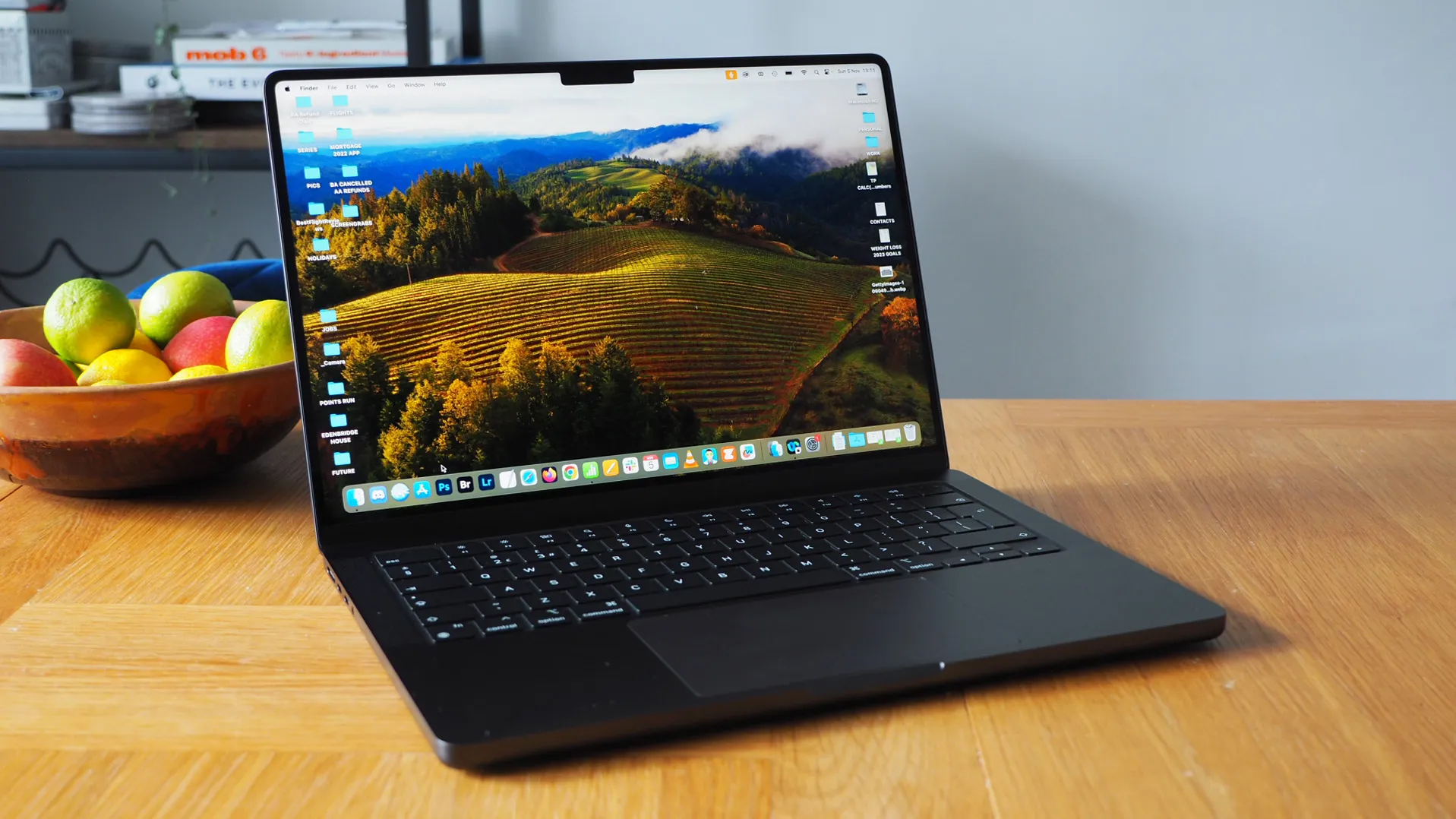
Camera (webcam)
This MacBook Pro finally sees the front camera get an upgrade too. Rather than the standard Facetime 1080P HD camera, the new 12MP camera provides a sharper 1080P video. It also features Centre Stage technology to keep you centred in the frame as you move around and can even give a desk view to share what’s in front of you on your video call.
Previously you needed to sync your iPhone to the Mac to get these features but now you can use them from the in-built front camera. Of course, you can still pair your iPhone to work as your webcam, but all the features, including portrait model, studio lightning and reactions can be done without it.
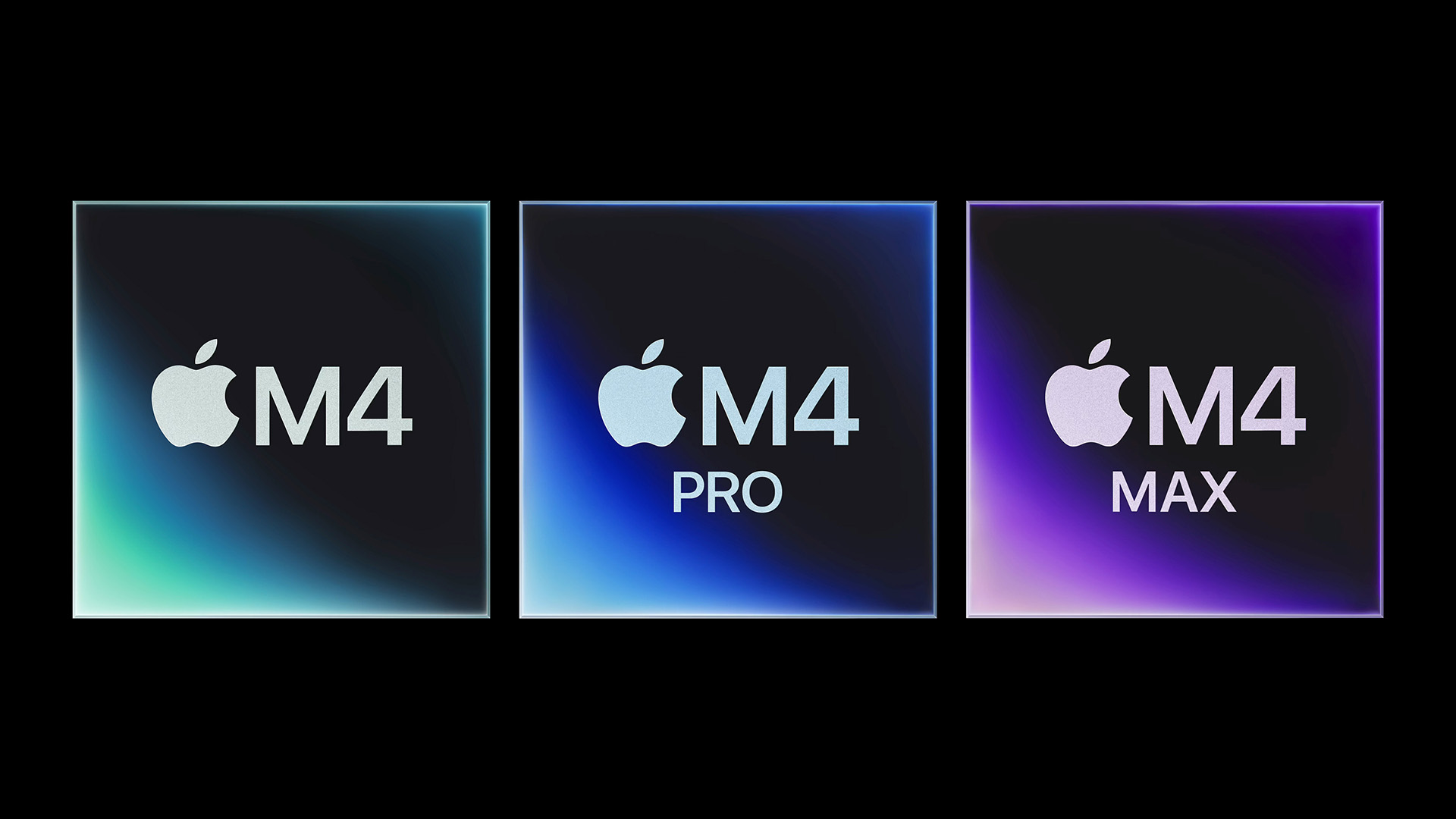
Action (M4 power)
There are three versions of the M4 chip available for the MacBook Pro. The standard M4, which is only available on the 14-inch model, features a 10-core CPU and a 10-core GPU. The CPU is 1.8x faster than the original M1 chip, but when it comes to practical tasks, the new silicon system on a chip works much faster than even the previous M3 chips. Photo editing is up to 7x faster, 3D rendering up to 10.9x faster and productivity up to 4.3x faster. In fact, based on my initial testing the M4 chip is close to what the M3 Pro delivered.
The M4 Pro is available for both the 14-inch and 16-inch models and features either a 12- or 14-core CPU and a 16- or 20-core GPU depending on your selection. Meanwhile the M4 Max chip has either a 14- or 16-core CPU and a 32- or 40-core GPU. Both of these provide a generous performance boost of the M3 Pro and M3 Max chips. If you’re upgrading from an M1 or an Intel chip, you’ll be blown away by the difference.
The base level or memory in the M4 models is now 16GB, with the M4 Pro starting from 24GB and the M4 Max starting from 36GB. However, if you want some serious bandwidth, they can be expanded up to 32GB/48Gb and 128GB respectively.
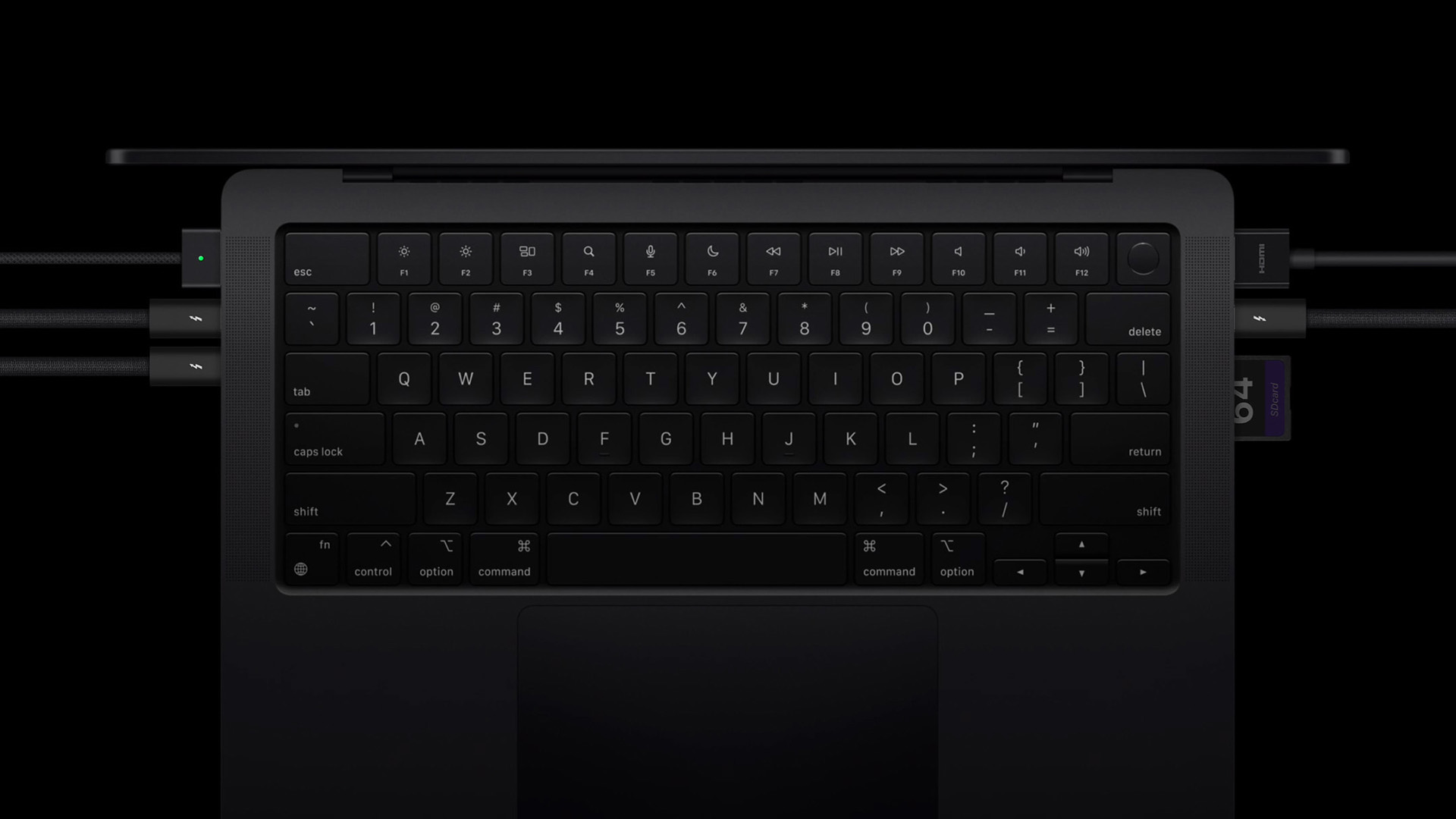
Is it time to upgrade?
Of course, the power and performance on offer in these MacBook Pro models is probably more than most people need. The chances are for general use the M3 model or even the M2 chip is plenty. However, these new models are future-proofed, especially when it comes to Apple Intelligence.
The new AI features are now being rolled out as part of macOS 15 Sequoia and will only run on Macs with silicon (M-series) chips. These M4 chips have plenty of power to take these features on like a breeze, and mean that whatever you throw at it, it has you covered in seconds. As these features expand, and third-party applications also employ more AI functionality, they will require more and more power. If you want to keep ahead of that, I’d highly recommend opting for the M4 chip.







